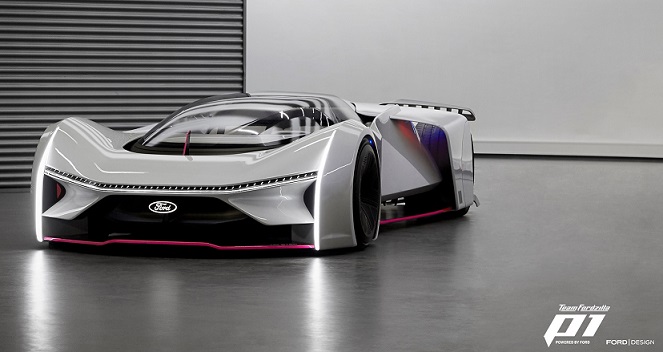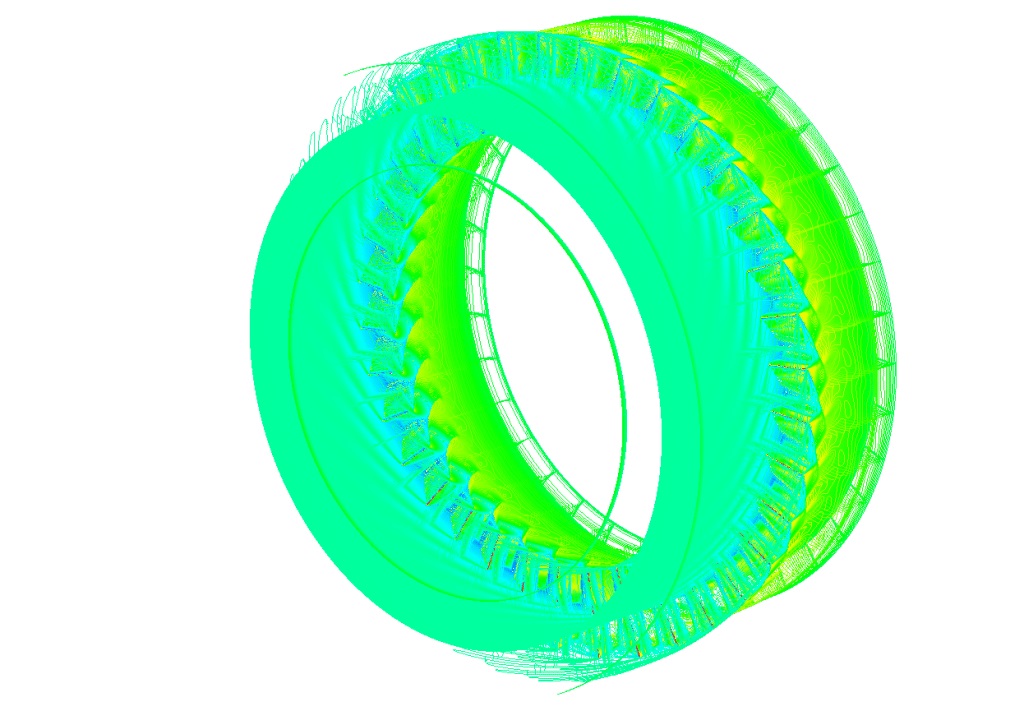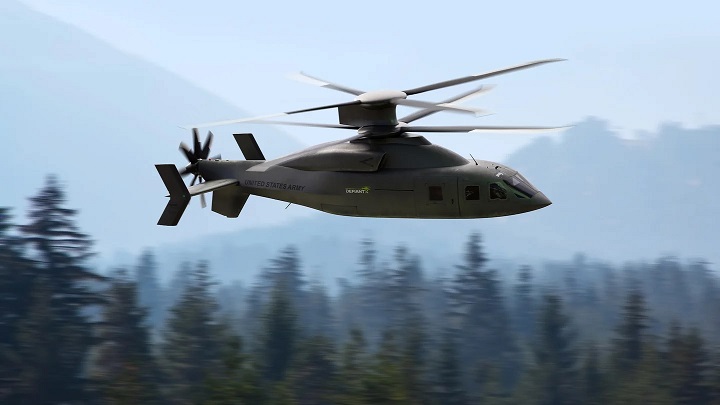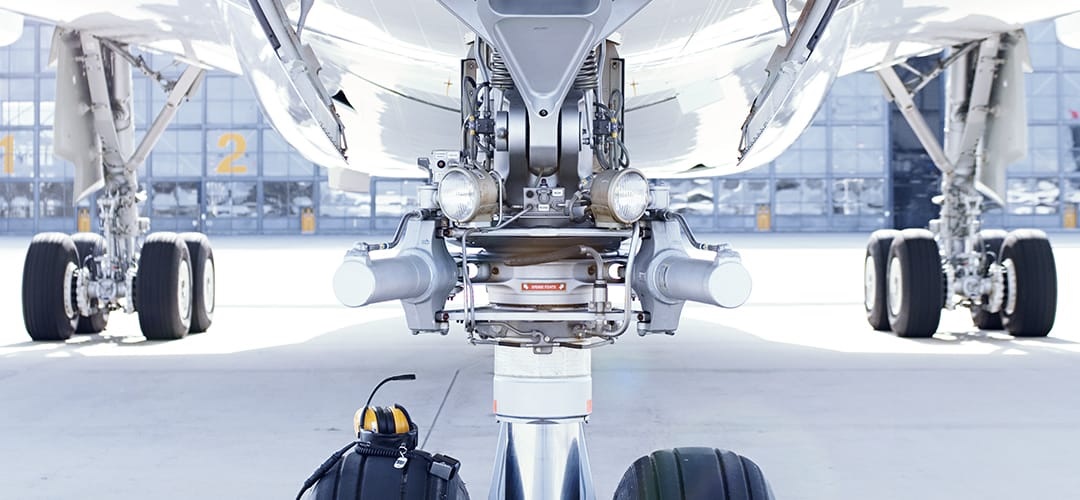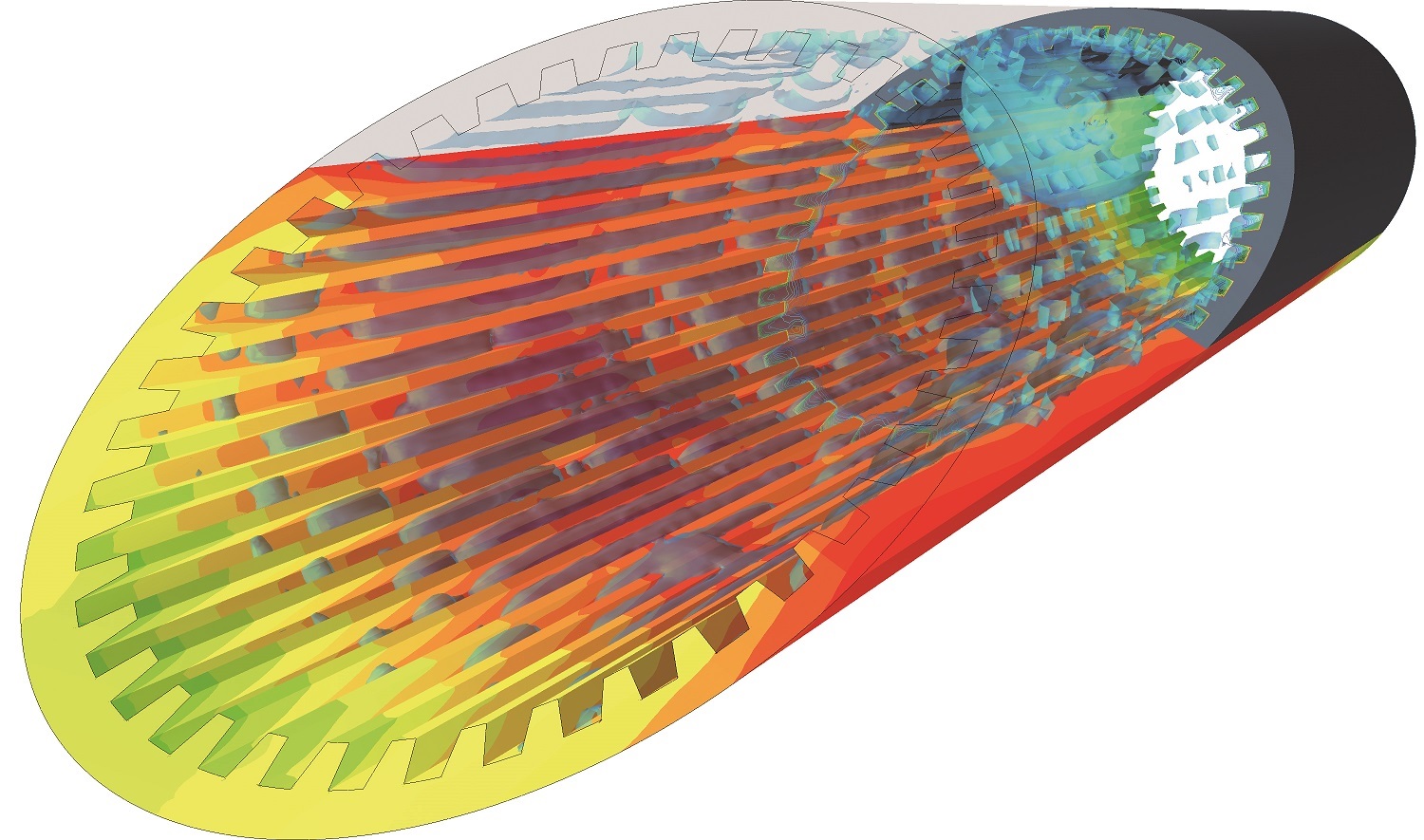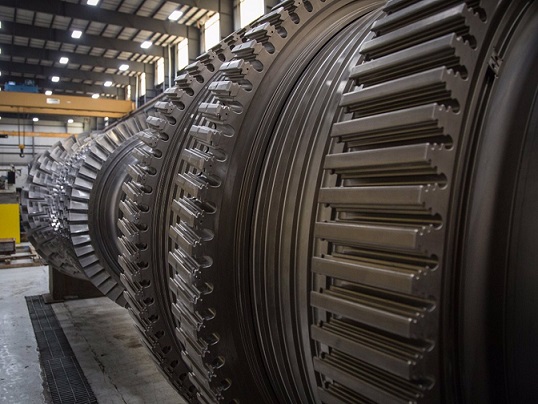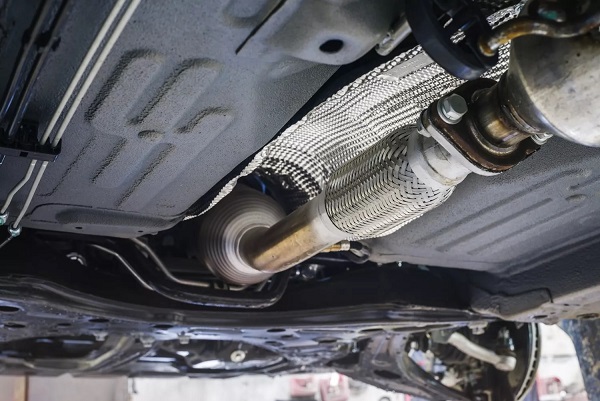Aerodynamics Simulation
Aerodynamics Simulation: Coupling CFD with MBD & FEA for NVH Analysis, Drone, Wind Turbine, Race Car, and Cabin Thermal Comfort.
Aerodynamics studies can cover the full speed range of low speed, transonic, supersonic and hypersonic flows as well as turbulence and flow control. System properties such as mass flow rates and pressure drops and fluid dynamic forces such as lift, drag and pitching moment can be readily calculated in addition to the wake effects. The results of CFD simulation in MSC Cradle, Ansys Fluent and Siemens Star-ccm+ can be used directly for design purposes or as in input to a detailed stress analysis.
Aerodynamics is a branch of fluid dynamics that deals with the study of air and other gases in motion, particularly in relation to objects such as aircraft, cars, and buildings. It encompasses a wide range of speeds, from low speed flows (such as those experienced by cars and buildings) to supersonic and hypersonic flows (such as those experienced by rockets and spacecraft).
One of the key goals of aerodynamics is to understand the forces and pressures acting on an object in a fluid flow, such as lift, drag, and pitching moment. These forces are important for designing efficient and safe vehicles and structures, and can be calculated using both experimental methods and computational fluid dynamics (CFD) simulations using software tools such as Ansys Fluent, and Siemens Star-ccm+.
